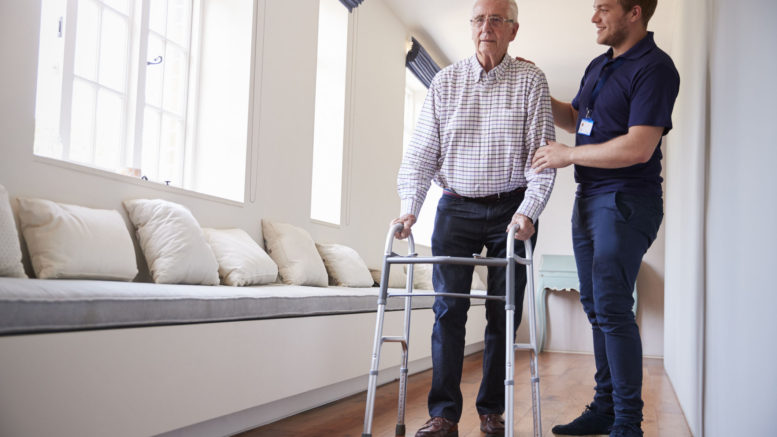The UK elderly nursing home system is dealing with a serious crisis that’s bringing this sector to his knees. Too many competitors are fighting to earn smaller and smaller revenues from an increasingly crowded market. The number of people aged 65+ is constantly growing, and the 10.6 million elderly already present are way more than what the actual supply can provide for.
As a consequence, the quality of the services is often reduced, and many families perceived them as a poor alternative that just generates an unreasonable demand on hospitals. However, the public health service is all but adequate to deal with the constant admission of frail older people in hospital settings, leading to many NHS claims being filed every day in an apparently unstoppable downward spiral.
Several estate investment trusts from North America stepped up into the UK market trying to make a profit, but they’re not going improve the nursing homes’ sector health at all. US investors are only interested in sale and leaseback deals, meaning that they’re just going to buy a care home to lease it back to the owner, without actually caring for the management of the care home business itself.
Although the bad reputation that came from the collapse of Southern Cross leaseback model stepped forward this dangerous process by a couple of years, we still need to find a solution that will make the UK market able to cope with the overwhelming demand of elderly care.
Instead of just leaving our flank open to business maneuvering from US investors, we should learn from their superior care homes system, and increase our productivity year after year while reducing the costs efficiently.
How the U.S. addressed the nurse homes issue
Back in the ‘90s, the US Clinton’s government cut the expenditure on social service programs, forcing many care homes to completely restructure themselves to avoid closing for bankruptcy. The older nursing home system became obsolete, as its economic burden was too heavy to be offered by the government alone. Hospital and care home settings were not able to provide the elderly all their everyday needs anymore.
Families were expected to assume the responsibilities of taking care of their elderly, and new mixed programs were ideated to provide social and health care services in a private house setting. In other words, although the US government kept helping the poorest and indigent provide for their elder relatives through Medicaid, a regulatory structure was instituted to manage the private market appropriately. This new framework offered residential social and health care in independent apartments or homes, often combined with limited nursing home beds.
In the UK similar facilities do exist, but the government’s financial support to care homes and residential care is dwindling. However, the Americans proved that this is a very efficient system to contain costs (in part by re-distributing it in the private sector), while still providing a wide range of services.
The NHS and local authorities can lower their expenditure burden by merging the residential social care, taking the US an example, where a “clustered” strategy that grouped up several local nursing homes was used. This way they efficiently redistributed the burden over a much larger portion of the society, optimized it to the needs of every single community, without compromising the quality of care for elderly patients by protecting their individual independence.
Following the logic of a competitive private business, care providers need to increase their productivity year by year, providing a better, more diversified offer while cutting on their expenses with properly planned business strategies. The American experience of the last 20 years provides a good practical example of how a well-organized private sector can effectively contribute to improving this system’s efficiency, without compromising the overall quality of life of our citizens.
Article by Dr. Claudio Butticè, Pharm.D.
